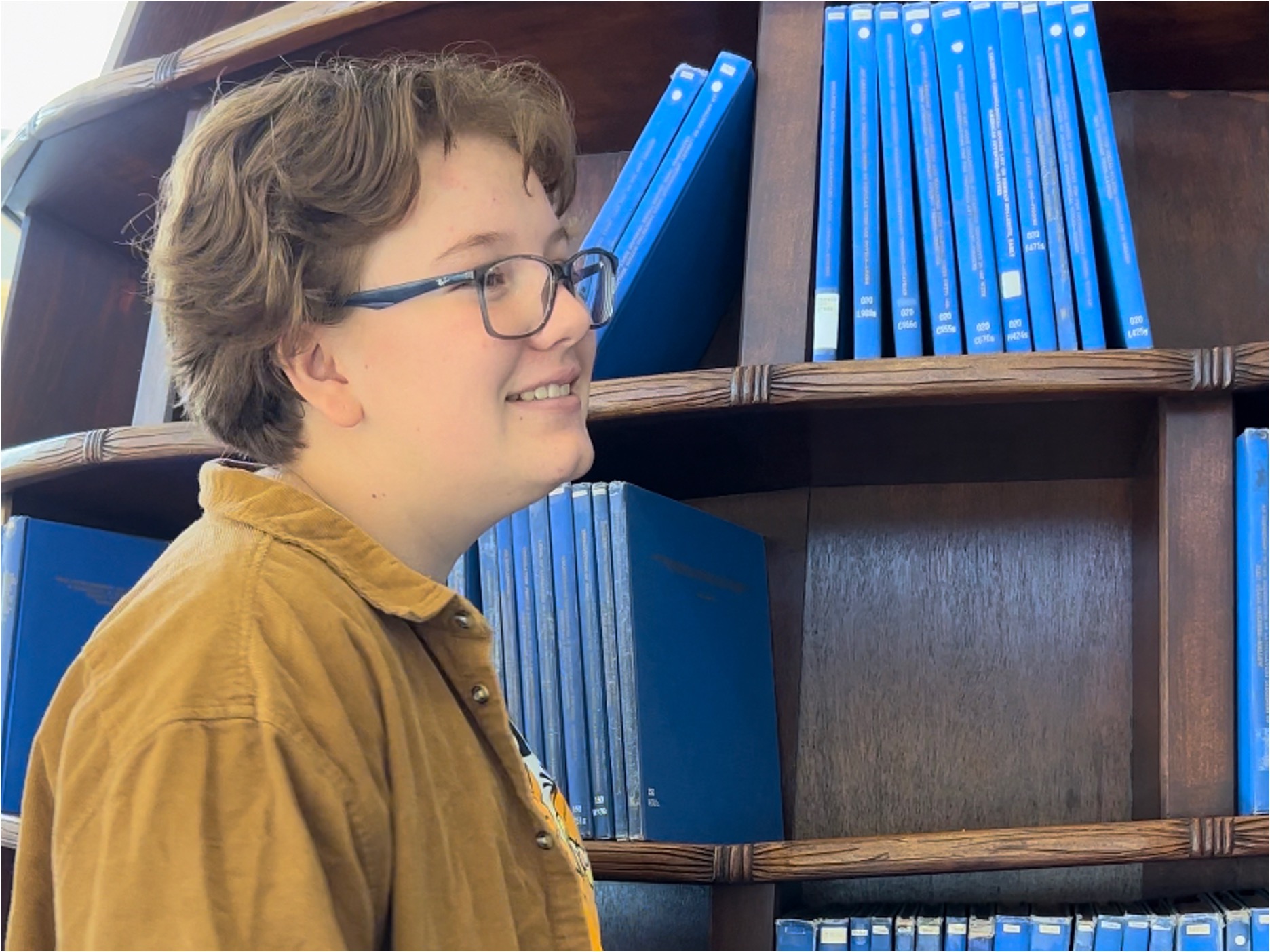“When I say Aristotle or Dante, what does that call up for you?”
This week, 9th grade World Literature students discussed active reading strategies and practiced with texts that explore themes of culture, environment, and perspective. They shared initial references or connections aloud in order to notice the different “file folders,” or schema, that each of us brings to reading. And they shared how exposure and practice with different active reading strategies has helped them find the ones that work for them.
Students’ reflections included: “I like colors. So I have five different colored highlighters and I do a code; like bright green is really important but pink is only sort of important for now, not to remember a long time. ”
And, “I think annotations are important because you need them for the final essay. Because you can’t just make sweeping claims without evidence. But, if it’s a short reading, then it doesn’t seem to work very well to annotate; it takes you out of the flow.”
If it’s a short reading, then it doesn’t seem to work very well to annotate; it takes you out of the flow.
Their teacher provided a resource with research-backed strategies for before, during, and after reading that help activate prior knowledge, analyze a text, and synthesize or reflect on its meaning. Then students practiced active reading of two images (covers from New Yorker issues), and a text excerpt from Geography of Thought by Richard Nisbett.
Students shared their annotations aloud: “The first thing I wrote down was ‘climate doom!’”
And, “I noticed the more recent one uses a ticking clock, brighter colors, and more of a gradient to create a stronger feeling of heightened anxiety than the image that’s older. That one looks more like a fantasy.”
This weekend for homework, students will practice their active reading strategy of choice with the essay “Superman and Me” by Sherman Alexie. They will arrive to their next class with five “talking points” to lead their peers in discussion surrounding a question, notable quote, observation of stylistic choice, or connection to the essay. Next week, they’ll also write a summary of a short reading, then ask ChatGPT to do the same, and analyze the differences in their products. In this first unit, students’ study of culture and perspective will take them on a journey through dozens of essays and short stories by global authors. Their post-its are ready to catch responses and connections!

